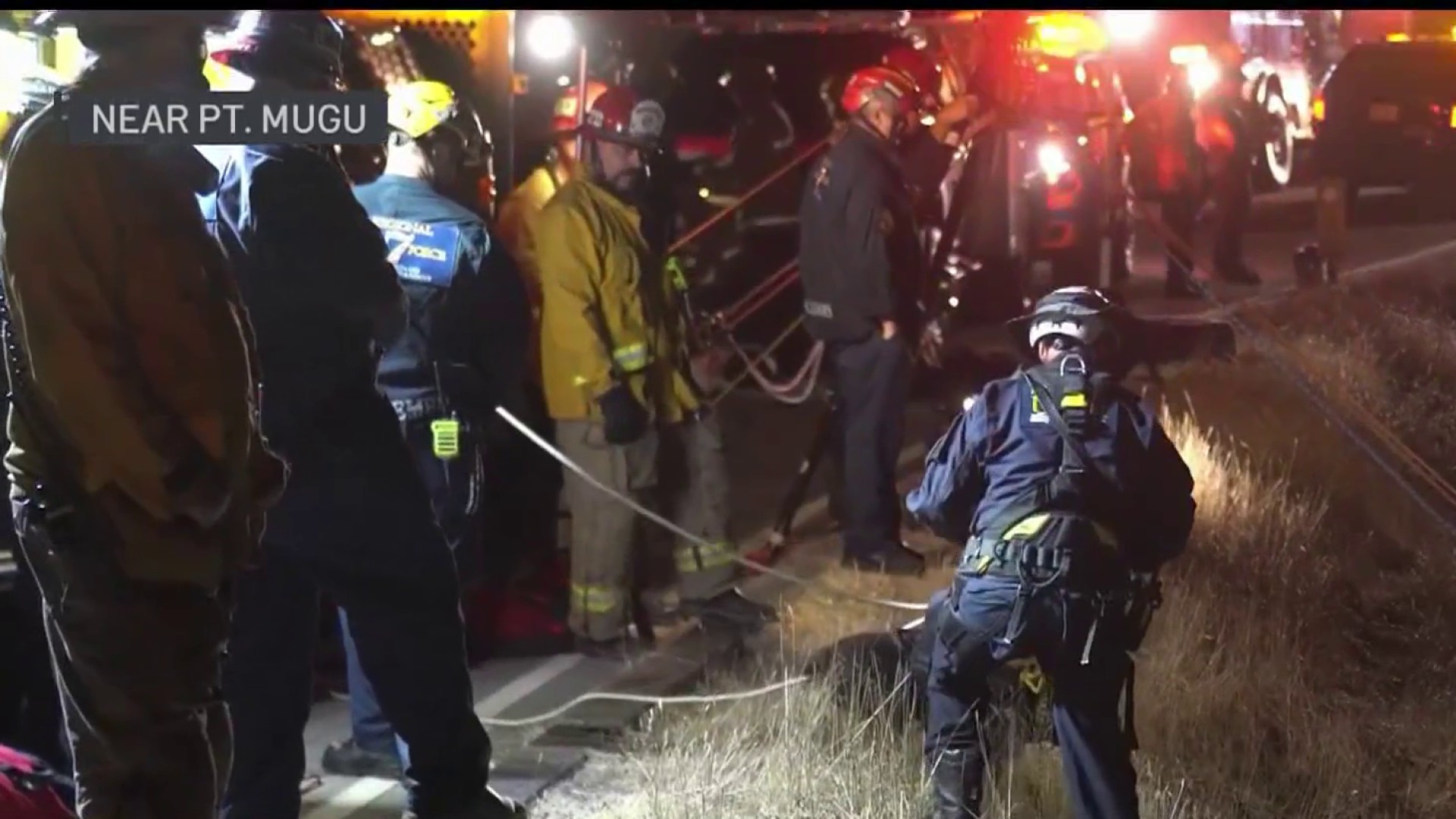An autopsy report released Tuesday found traces of amphetamine and marijuana in the body of journalist Michael Hastings but said it likely did not contribute to his death in a fiery single-car crash.
Coroner's investigators said the 33-year-old Hastings was believed to be using the hallucinogenic DMT recently, though it wasn't detected in a blood test. He was found with a medicinal marijuana identity card in his wallet.
Hastings died instantly of massive blunt force trauma when he apparently lost control of his 2013 silver Mercedes while traveling at high speed and hit a tree in the Hancock Park area of Los Angeles.
The report provided the first official details on the June death of the award-winning journalist who won a 2010 George Polk Award for his Rolling Stone magazine cover story "The Runaway General," which led to the resignation of U.S. Army Gen. Stanley McChrystal as U.S. commander of coalition forces in Afghanistan.
Hastings' death fed conspiracy theories and prompted the FBI to release an unusual statement that it had not been investigating Hastings. The crash occurred in the early morning and was caught on at least one video camera that showed Hastings driving rapidly through a red light.
Investigators said Hastings had arrived with family from New York the day before the crash, and a brother was due to arrive in town that same morning to try to persuade him to go to detox. Investigators were told by family that after 14 years of being "sober," Hastings had started to use drugs again since his recent move from New York to California.
Toxicology results showed small amounts of amphetamine in his blood, which indicated he had possibly taken methamphetamine many hours before his death. Traces of marijuana were also present, indicating he'd taken it hours earlier.
Local
Get Los Angeles's latest local news on crime, entertainment, weather, schools, COVID, cost of living and more. Here's your go-to source for today's LA news.
The report said Hastings had hit a pole while driving several years ago and was possibly misusing Ritalin at the time. He was later institutionalized for rehabilitative care.
A family member told investigators Hastings believed he was invincible and could jump off a balcony and be OK.



